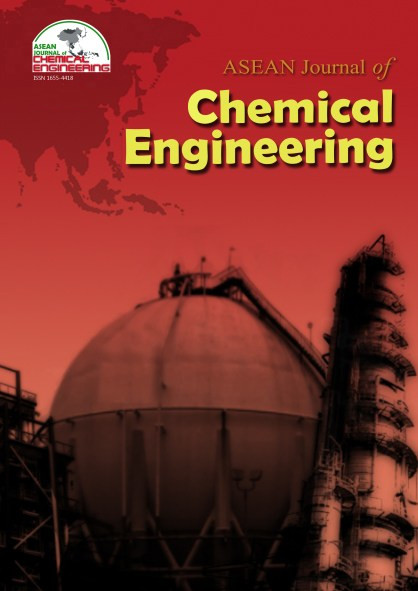Numerical Investigation on Multiphase Flows in Various Configurations of Microchannels Using Computational Fluid Dynamics
Abstract
A two-dimensional domain of multiphase flow analyses in this study using the Volume of Fluid (VOF) model was carried out in order to simulate and predict the fluid flows and mixing performance of two miscible liquids in various microchannel configurations. The various microchannels configurations were designed accordingly and the simulation was carried out based on the justified conditions, assumptions and considerations by using the commercial computational fluid dynamics (CFD) software, FLUENT. The grid type and size of the computational domain were verified in terms of stability by performing the grid independence analysis. The result showed that static mixing would be possible to achieve in various configurations of microchannels, however, the simulation results predicted that it appeared to be more efficient in complex and retrofitted microchannels. It showed the potential to promote and enhance chaotic advection, compositions distribution, and diffusivity as compared to basic microchannels that are mostly dependent only on the injection focus. Furthermore, the Reynolds number appeared to be a significant factor to enhance the mixing performance in microchannel beside the configurations.
References
2. Cieslicki, K. and Piechna, A. (2009). Investigations of mixing process in microfluidic manifold designed according to biomimetic rule, Lab Chip, 9 (5), 726-732.
3. Kee, R., J. (2011). The design, fabrication and evaluation of a ceramic counter-flow micro-channel heat exchanger, Appl. Therm. Eng., 31 (17- 18), 2004-2012.
4. Naher, S., Orpen, D., Brabazon, D., Poulsen, C. R. and Morshed, M. M. (2011). Effect of micro-channel geometry on fluid flow and mixing. Simul. Model. Pract. Th., 19, 1088-1095.
5. Rudyak, V., and Minakov, A. (2014). Modeling and optimization of Y-Type micromixers. Micromachines, 5, 886- 912.
6. Stankiewicz, A. I., and Moulijn, J. A. (2000). Process intensification: transferring chemical engineering, Chem. Eng. Prog., 41-49.
7. Stankiewicz, A. I., and Moulijn, J. A. (2004). Re-Engineering the chemical processing plant: process intensification, Marcel Dekker: New York, pg 1-30, pg 167-177.
8. Watts, P., and Wiles, C. (2007). Recent advances in synthetic micro reaction technology, Chem. Commun., 443-467.
Copyright holder for articles is ASEAN Journal of Chemical Engineering. Articles published in ASEAN J. Chem. Eng. are distributed under a Creative Commons Attribution-NonCommercial 4.0 International (CC BY-NC 4.0) license.
Authors agree to transfer all copyright rights in and to the above work to the ASEAN Journal of Chemical Engineering Editorial Board so that the Editorial Board shall have the right to publish the work for non-profit use in any media or form. In return, authors retain: (1) all proprietary rights other than copyright; (2) re-use of all or part of the above paper in their other work; (3) right to reproduce or authorize others to reproduce the above paper for authors’ personal use or for company use if the source and the journal copyright notice is indicated, and if the reproduction is not made for the purpose of sale.



